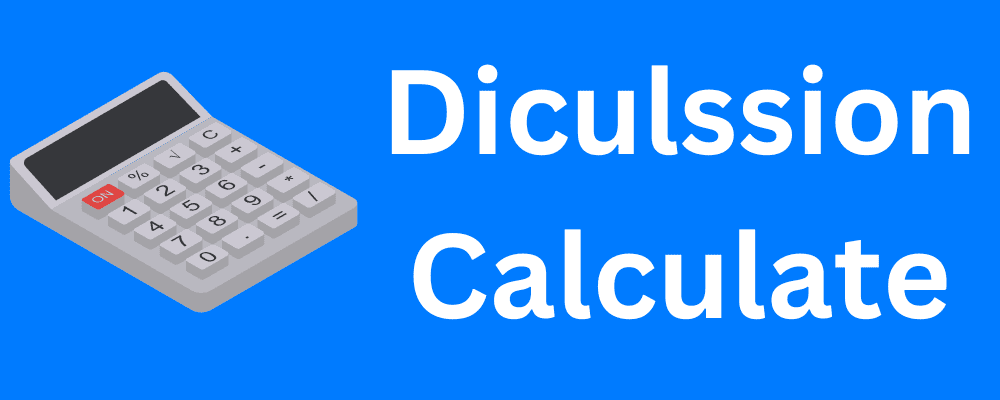AGE CALCULATOR
The Evolution of Age Calculation: From Ancient Systems to Digital Precision
Understanding how we calculate age today involves a fascinating journey through history. For millennia, humanity has sought ways to track time and individual lifespans.
- Ancient Civilizations and Calendars: Early civilizations, such as the Babylonians, Egyptians, and Mayans, developed intricate calendar systems primarily for agricultural and religious purposes. While these calendars helped track seasons and significant events, precise individual age tracking was often rudimentary, relying on observations of cycles rather than fixed birth dates. An individual’s age might be approximated by the number of harvest seasons they had lived through.
- The Julian and Gregorian Calendars: The adoption of the Julian calendar (introduced by Julius Caesar in 45 BCE) and later the more accurate Gregorian calendar (introduced by Pope Gregory XIII in 1582) marked significant advancements. These solar calendars provided a much more consistent framework for date tracking, including leap years, which are crucial for accurate age calculation over long periods. The Gregorian calendar is the basis for most modern age calculations.
- The Rise of Records: As societies became more organized, the keeping of birth records (often initiated by religious institutions like churches) became more common. This allowed for more definitive age determination. However, calculating the exact time elapsed between two dates still required painstaking manual arithmetic.
- The Dawn of Computing: With the advent of computers and digital programming, the complex algorithms required for precise date calculations became automated. What once took minutes or even hours for a human to compute could now be done in milliseconds. This led to the development of the online age calculators we use today. DelusionCal.com’s tool stands on the shoulders of these advancements, leveraging modern computing power to provide you with unparalleled accuracy and speed.
